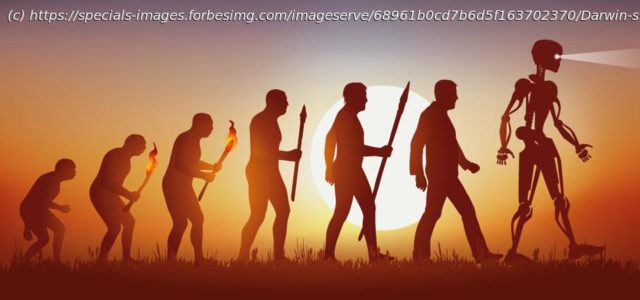Chat GPT-5 introduces AI Time based competition.
By John Sviokla
The biggest unrecognized challenge we face as business leaders in the age of AI is our concept of time. Silicon intelligence lives in nano-seconds and transfers knowledge instantaneously and makes know how universally available to any access point. New hybrid organizations that symbiotically mesh silicon and human intelligence operate on what I’m calling AI Time. I conjecture that OpenAI is such an organization because how else could they release a four-front strategy on a global scale to hundreds of millions of daily users. No one in the long history of technology has pulled off innovation at this scale and speed. In a single launch window, OpenAI:
The result: a portfolio approach that reshapes the competitive landscape and gives leaders—from Fortune 100 CEOs to startup founders—an important set of tools for using AI across every layer of the business. Paul Baier’s recent Forbes Column has written about some of the implications for AI and business leaders. In this short piece I make the case for rethinking organization structure and firm’s concepts of time.What GPT-5 Brings to the Table
The headline improvements are clear: better reasoning, faster responses, fewer hallucinations, stronger coding, and new multimodal capabilities. Reviewers like Wired called GPT-5 OpenAI’s “most advanced” model yet, while The Verge emphasized its “significant technological leap” and more reliable output.
Two changes stand out for everyday use:
Auto-routing: the system automatically picks the right model for the task, removing the need for users to manually select engines.
Safe completions: instead of blanket refusals, GPT-5 aims to provide helpful, bounded answers—a shift directly aimed at building trust, especially in enterprise contexts. The Numbers Behind the Rollout
Scale is one of OpenAI’s advantages. ChatGPT already serves hundreds of millions weekly active users, meaning GPT-5 landed in one of the largest live testbeds in tech history. On day one, it had instant distribution, immediate user feedback, and the ability to course-correct in near real time.
Formal benchmarks—such as SWE-Bench for coding or Chatbot Arena’s crowd-rated Elo scores—will take time to stabilize. Early signals show measurable jumps on reasoning and coding tasks, with GPT-5 expected to climb leaderboards as more head-to-head user votes are logged.The Quiet Revolution: OpenAI Goes Open Source (Again)
Three days before the GPT-5 headlines, OpenAI quietly released two open-weight models—gpt-oss-120b and gpt-oss-20b—under an Apache 2.






